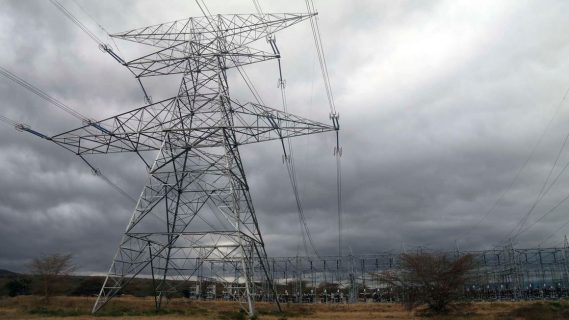The East African community eyes on the completion of Africa’s largest hydroelectric dam as Kenya implements plans to double its electricity import. The country has been sourcing cheaper electricity sources to replace expensive power from independent producers locally. Like many other East African countries, Kenya eyes on the completion of the Great Ethiopian Renaissance dam as an alternative source. The government hopes that by next year, it will be able to acquire an amicable electricity supply from its neighbours. This move has been made two years ahead of schedule as the executive says it can be done sooner rather than later. The agreement between Ethiopia and Kenya on the energy supply is significant as it facilitates bypassing expensive domestic producers. Furthermore, it provides a more reliable source of energy seeing that the country has been plagued with blackouts recently.
The Significance of the Electricity Supply from Africa’s Largest Hydroelectric Dam to Kenya
Ethiopian and Kenyan governments hope for the best, having signed an agreement to supply 400MW of electricity annually from the dam. The supply boost from Ethiopia will be highly significant in ensuring power reliability in Kenya. Recently, the country has experienced numerous blackouts that have gravely affected businesses and other activities. Furthermore, pressure is mounting on energy providers such as Kenya Power and Lighting Company (KPLC) to find alternative sources to alleviate this predicament. The electricity supply from the Great Ethiopian Renaissance Dam to Kenya’s national grid will also increase reach. With nearly 25% of Kenyans having no access to electricity, the supply will ensure that the margin is narrowed by increasing electricity reach to these regions. Kenya in January officially started importing 200 megawatts (MW) of cheaper power from Ethiopia, after a trial run in November. This has helped to stabilize the power supply somewhat. 
The State of Affairs Regarding Electricity Imports from the Great Ethiopian Renaissance Dam
Kenya has a 25-year electricity import deal with Ethiopia that will see Kenya Power take up a maximum of 200MW from Africa’s largest hydroelectric dam. This is set to happen in the first three years, rising to 400MW for the remaining period. Kenya is buying Ethiopian power at 6.50 US cents per kWh in the deal. This is significantly lower than the tariffs charged by independent power producers. The Kenyan government is pleased with the agreement as it seeks to use it as an alternative source to geothermal power sources. At the beginning of the year, hydro-power generation in Kenya hit a record low in February because of droughts. Data from regulator EPRA showed hydro-power generation dropped sharply by 64 per cent to 112.7 million units in February. This was a significant notch down from 184.68 million units in January.

Other Significant Renewable Energy Sources East African Countries Seek to Tap Into
East African countries are becoming more open to venturing into nuclear energy as an alternative source. This untapped energy source by East African countries could facilitate the overreliance on one source, such as hydro power from Africa’s largest hydroelectric dam. Uganda has already initiated talks with the International Atomic Energy Agency to develop nuclear energy. Kenya has also tried to venture into nuclear power, aiming to achieve this bid by 2027. These projects, if implemented, could potentially facilitate ensuring that East Africa is in the lead in providing renewable energy sources.
Also read:

